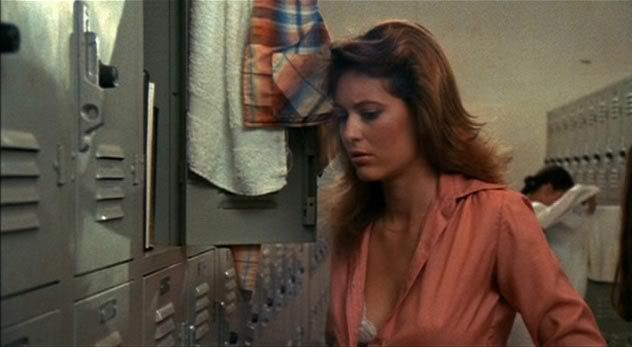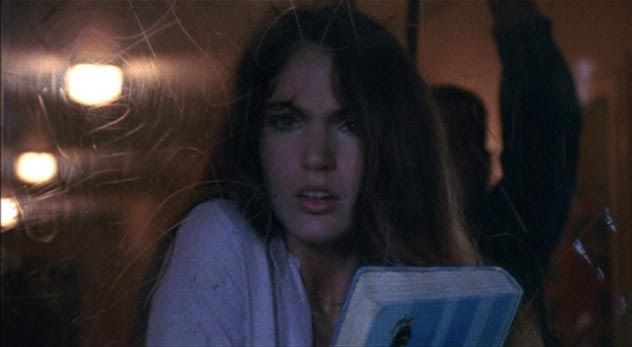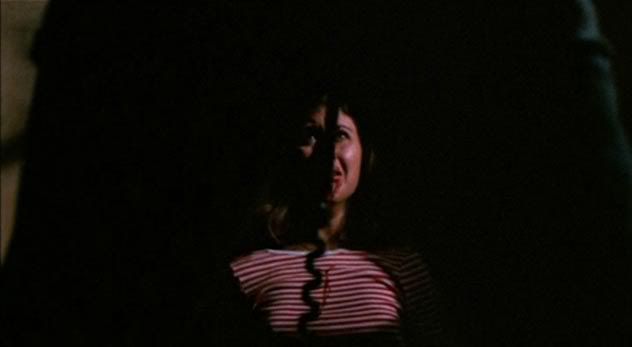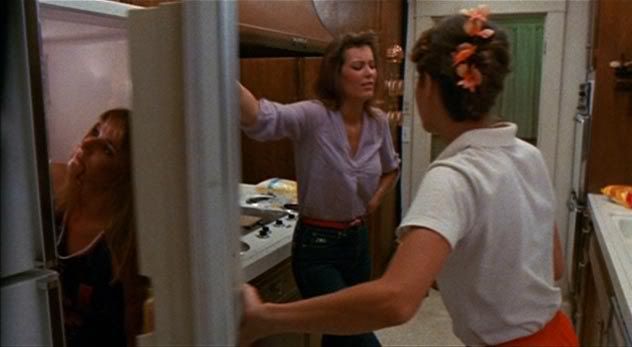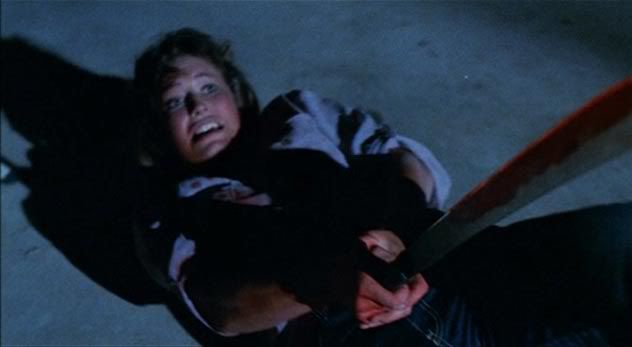The Other Side of Corman: Part One "Off Brand Models"
Roger Corman produced a lot of classic B-Movies. This is NOT their story.
Cover Girl Models
(1975)
Synopsis
Two experienced models join a newcomer on a trip to Hong Kong and Singapore for a photo shoot. Their photographer, Mark (John Kramer), does his best to get them to take off their clothes whenever he can and can’t decide who he wants to bed more, the hard-to-get blonde Claire (Lindsay Bloom) or the eager neophyte Mandy (Tara Strohmeyer). Barbara (Pat Anderson) has her attentions stolen by a suave Asian spy named Ray (Tony Ferrer) who rescues her when foreign agents attempt to retrieve the microfilm hidden in her couture gown. Claire gets in trouble trying to land a part in an upcoming movie, eventually getting kidnapped by Singaporean rebels while dressed like the American ambassador’s nymphomaniac daughter. It all comes to a head during a brief shoot-out at a bad guys mansion. Claire is a hit with journalists, but only gets offered the part of a model in the movie, not the lead, Mandy gets offered a $50,000 deal from a rival publisher, and Barbara has a date with her suave secret agent hero. Mark is taken to the police department for questioning, despite his hilarious protests.
Pertinent Details
This Says A Lot: Gremlins director Joe Dante has gone on record that Cover Girl Models was the worst film he ever edited a trailer for during his time working for Corman.
Returning Champion: Cover Girl Models was directed by Cirio H. Santiago, the filmmaker response for the previous Vanity Fear B-Movie Bullsh*t entry, Firecracker.
This Had a Script?: The film was “written” by Corman vet Howard R. Cohen who remains best known as the writer/director of the truly terrible horror spoof Saturday the 14th and it’s sequel Saturday the 14th Strikes Back.
Also Starring: Cult queen Mary Woronov (Death Race 2000, Eating Raoul) appears in one scene as the editor of the magazine doing the photo shoot. She’s definitely the best part of the movie. My guess is that this scene was shot in the States and put into the movie after it was finished to pad out the running time a la the nude karate fight in Firecracker (my suspicions about this having been confirmed by the extended special features interview with co-star Darby Hinton on the excellent Machete Maidens Unleashed DVD).
If you read the above synopsis and came to the conclusion that it read less like an actual plot description than a list of random events, welcome to Cover Girl Models—a film so devoid of urgency and momentum you’d might think it was a brilliant European arthouse flick if it had been filmed in Swedish or Italian. Unfortunately, though, it was filmed in English, which means being constantly aware of how terrible it is every single second of its brief (but interminable) running time.
Director Santiago was rather infamous for being so cavalier about his work that sometimes he couldn’t even bother to ensure that shots were in focus or that enough of the script was filmed to make sense or break past the 70 minute running time required to get a movie on most theatre screens. This explains the haziness of some of the film’s moments and why at least one sub-plot—Claire’s attempts to get a major movie role—makes absolutely no fucking sense whatsoever.
The problems with this scenario begin when she decides to pretend to be a hooker to research the role she covets and impress the producer with her knowledge. Naturally, this leads to her almost being raped by a drunken sailor. She’s saved by a guy who we think is the bar's manager, but rather than help her, he starts chasing her, even as she runs out of the club and hops a ride on a horse-drawn carriage. Instead of letting her go, he then has some friends join him on a bizarre Filipino moped contraption and chase after her—risking everyone’s lives in the process. The moped-thingie eventually overturns (and looks like it really injured the poor bastards in it at the time), and in the next scene we see Claire explain that she didn’t know the guy was a cop, because apparently they take arresting prostitutes REALLY seriously in Singapore (which is probably true—even if you can get a legal handjob in most shopping malls—but still seems absured as presented here).
Still, that pales in comparison to what happens next. After this—for reasons never explained—Claire decides her next best bet is to pretend to be the infamous daughter of the American ambassador by putting on a black wig. As a result of this she gets kidnapped by some sort of liberation army (even though the phrase "Singapore Rebel" is pretty much an oxymoron), and just sits there when confronted by their leader, even though he clearly thinks she’s someone she’s not. It’s only in the next scene, when she’s suddenly and inexplicably in his bedroom, that he comes in angry, having figured out she’s an imposter. He then rips her top off and starts to rape her, but stops for some unknown reason.
The next time we see Claire she’s with the other models, apparently unharmed and without a word to say about her traumatic experience. During the gunfight in the smuggler’s mansion, her kidnapper appears out of nowhere (literally, he’s all of sudden just there beside her in the middle of the action with no explanation) and saves her. Then, when it’s all over, he’s gone and never mentioned again.
And this is the most entertaining and intriguing part of the movie.
That said, for those impressed by the sight of attractive women in no clothing, the film isn’t as easily dismissed. Redheaded beanpole Strohmeyer only appeared in 11 movies in her short career, but managed to make a major naked impression in most of them (especially Hollywood Boulevard, Kentucky Fried Movie and The Student Teachers). Her breasts get the most running time, but not because Bloom and Anderson weren’t trying. Perhaps the most imaginative use of nudity comes in the scene where Barbara is being chased by Taiwanese agents and tries to get a beat cop supervising a local dance contest to help her, only to finally get his attention when she desperately flashes the crowd from the stage.
It says something about my affection for such material that as terrible as Cover Girl Models is, I find it impossible to actually hate it. It’s such a harmless, lightweight nothing of a movie that getting worked up about its incompetence is surely a waste of one’s rage reserves. Will I ever watch it again? Nope, but I also probably won’t forget it. If only for this scene featuring the immortal Vic Diaz:
Crappy Corman Rating: 1 Reel Out of 7































